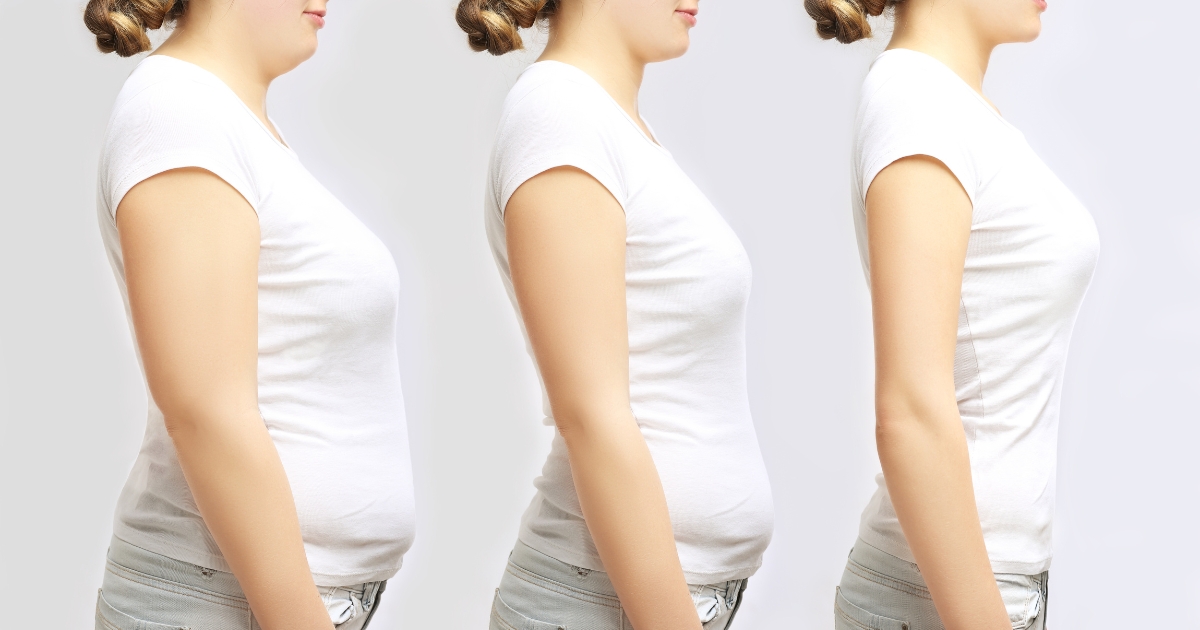Liposuction is a popular cosmetic procedure that many people consider when exploring weight management solutions. While it’s often associated with aesthetic enhancements, its role within a broader liposuction and weight management strategy is worth understanding.
Liposuction and Weight Management: An Overview
Liposuction is a surgical procedure that removes excess fat deposits from specific areas of the body. As part of a comprehensive weight management plan, it is seen as a contouring method rather than a weight loss solution. It’s essential to approach liposuction with realistic expectations about its role in overall weight management.
- Procedural Focus: Liposuction primarily focuses on reshaping body contours.
- Not a Substitute: It’s not an alternative to a healthy diet or exercise.
- Weight Management Role: It complements weight management when combined with a balanced lifestyle.
Understanding the Basics of Liposuction
Liposuction involves the removal of fat cells using a cannula and a suction device. The procedure can target areas that are resistant to exercise and diet. Its success depends on factors like skin elasticity, age, and the surgeon’s expertise.
- Technique Variations: There are various methods like tumescent, laser-assisted, and ultrasound-assisted liposuction.
- Limitations: Only a certain amount of fat can be safely removed in one session.
- Expertise Matters: The surgeon’s skill plays a pivotal role in achieving optimal results.
Key Differences Between Liposuction and Traditional Weight Loss

While traditional weight loss methods aim to reduce overall body weight, liposuction focuses on reshaping and refining specific problem areas. Liposuction does not impact visceral fat, which surrounds internal organs. Conversely, diet and exercise can reduce both subcutaneous and visceral fat.
Book A Consultation With Dr Tarek Bayazid
Top-rated Plastic Surgeon For Liposuction in Dubai
Installment Plan Available
| Aspect | Liposuction | Traditional Weight Loss |
| Primary Goal | Body contouring | Overall health improvement |
| Duration | Hours | Weeks to months |
| Fat Type Targeted | Subcutaneous | Both subcutaneous & visceral |
| Invasiveness | Invasive | Non-invasive |
| Result Timeframe | Immediate post-recovery | Gradual |
| Maintenance | Lifestyle choices post-surgery | Continued diet & exercise |
This table contrasts the main characteristics of liposuction with traditional weight loss methods.
Who is an Ideal Candidate for Liposuction?
Ideal candidates for the liposuction checklist are those close to their desired weight but with specific areas of stubborn fat. They should have good skin elasticity and muscle tone. Additionally, candidates should be in good health, non-smokers, and have realistic expectations. Consult a doctor to get your liposuction preoperative health checks.
- Health Status: Individuals should be free from serious medical conditions.
- Weight Range: The best results are seen in those close to their ideal weight.
- Age Consideration: Younger individuals with better skin elasticity often see more favourable outcomes.
The Role of Diet and Exercise Post-Liposuction

After liposuction, maintaining a balanced diet, regular exercise and avoiding alcohol are crucial to preserve the results. As the body can still gain weight, consistent lifestyle habits prevent disproportional fat accumulation. And regular physical activity further enhances body contours post-procedure.
- Diet Importance: A balanced diet ensures that excessive weight isn’t regained.
- Exercise Benefits: Regular activity maintains muscle tone and definition.
- Consistency: Sustained efforts post-surgery are key to long-lasting results.
- Limitations: It won’t significantly change body weight.
- Skin Concerns: Does not address skin laxity or texture issues.
- Overall Results: Achievements should be measured in contour improvements, not weight loss metrics.
Long-Term Weight Maintenance After Liposuction
Liposuction provides lasting results as long as the patient maintains their post-operative weight. However, significant weight fluctuations can alter the results. Continued attention to diet and exercise ensures the longevity of the procedure’s effects.
- Stability: Consistent weight offers the most stable long-term outcomes.
- Factors: Age, genetics, and metabolic rate can influence post-surgery weight management.
- Commitment: A dedicated lifestyle approach is vital for enduring success.
Potential Risks and Complications of Liposuction
Like all surgeries, liposuction comes with inherent risks. These might include infections, scarring, and uneven results. It’s vital to choose a certified surgeon and follow post-operative care instructions to minimise complications.
| Risk/Complication | Description |
| Infection | Possible at incision sites |
| Scarring | Marks where incisions were made |
| Contour Irregularities | Uneven fat removal may occur |
| Fluid Accumulation | Temporary pockets of fluid |
| Numbness | It might occur in treated areas |
| Anaesthesia Risks | Complications related to sedation |
This table outlines potential risks associated with the liposuction procedure.
Comparing Liposuction to Other Weight Management Techniques
Liposuction offers immediate results in targeted areas, setting it apart from diet and exercise, which lead to generalised weight loss. However, when comparing Liposuction vs. Weight Loss Surgery, both methods have their distinct benefits and limitations.
| Technique | Benefits | Limitations |
| Liposuction | Immediate contour changes | Invasive recovery time |
| Diet & Exercise | Overall health benefits, non-invasive | Requires consistent effort |
| CoolSculpting | Non-invasive, no downtime | Results take time and might require multiple sessions |
| Gastric Bypass | Significant weight loss for the morbidly obese | Major surgery, potential complications |
| Medication | Can assist those with medical weight issues | Side effects require medical supervision |
| Bariatric Surgery | Durable weight loss solutions for the obese | Invasive lifestyle changes are required |
The table compares liposuction with other prevalent weight management techniques, assessing their benefits and limitations.
The Psychological Impact of Liposuction on Weight Management Goals

Achieving desired body contours can boost self-confidence and motivation. However, unrealistic expectations can lead to dissatisfaction. It’s vital to approach liposuction with a clear understanding of potential outcomes and the emotional implications.
- Self-Image: Positive results can enhance overall self-perception.
- : Ensuring patients are well-informed prevents potential disillusionment.
- Support Systems: Post-operative support, including counselling, can assist in emotional adjustments.
Liposuction and weight management go hand in hand when it comes to achieving desired body contours. While liposuction can effectively remove stubborn fat pockets, it’s crucial to have a holistic weight management plan in place to ensure lasting results and overall health.
Dr Tarek Bayazid stands out as one of Dubai’s premier plastic surgeons. Recognised for his advanced approach and his commitment to delivering natural yet flawlessly minimal invasive outcomes, Dr Tarek’s artistry is sought after by clients globally. Beyond his aesthetic prowess, patient safety remains paramount, backed by an impressive educational journey from Belgrade University, hands-on training under Europe’s leading plastic surgeons, and associations with prestigious organisations such as ISAPS.
Are you considering a transformative change? Book a consultation with Dr Tarek Bayazid and experience the pinnacle of aesthetic excellence.











Related Posts